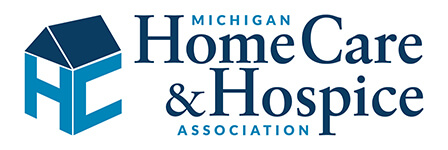Technology Is Changing Home Care. Here’s What That Means for Patients and Providers.
Technology Is Changing Home Care. Here’s What That Means for Patients and Providers.
The care-at-home model is evolving, and technology is playing a central role in that transformation. From telehealth and remote patient monitoring to smart medication dispensers and GPS-enabled visit verification, digital tools are improving care quality, communication, and accountability.
For patients, this means faster access to providers, fewer unnecessary trips to the emergency room, and better chronic disease management. For home health and hospice agencies, it allows for more efficient use of clinical staff, earlier detection of health concerns, and more robust data collection.
But innovation isn’t without its barriers. Broadband gaps still exist in many rural parts of Michigan, and not all patients or caregivers feel confident using new technology. On the provider side, interoperability, upfront costs, and shifting regulatory requirements create additional complexity.
At MHHA, we’re committed to helping our members navigate this new digital landscape. That includes sharing best practices, advocating for funding to expand broadband and digital literacy, and pushing for smart regulations that protect patients without stifling innovation.
Technology alone won’t solve every challenge in home-based care but when used thoughtfully, it can help us provide more personalized, proactive, and equitable care for the people who need it most.
